May 20, 2025 | 11:47 GMT +7
May 20, 2025 | 11:47 GMT +7
Hotline: 0913.378.918
May 20, 2025 | 11:47 GMT +7
Hotline: 0913.378.918
On April 2 (early morning of April 3 in Vietnam), the US President Donald Trump announced an executive order imposing reciprocal tariffs on 180 economies. The goal is to address the large trade deficit, protect economic and national security, and rebuild the domestic manufacturing sector.
A 10% tariff will be applied universally to all countries starting April 5. Countries with the largest trade deficits with the US will face higher countervailing tariffs, effective from April 9, 2025.
Due to Vietnam's large trade deficit with the US and its higher most-favored-nation (MFN) tariff rate, it will face a 46% import tariff on goods entering the US under President Trump’s new reciprocal tariff policy.

Vietnam faced a 46% tariff, much higher than other competing seafood-exporting countries such as Thailand (36%), India (26%), Indonesia (32%), Ecuador (10%)... Photo: Hong Tham.
Mr. Do Ngoc Hung, Trade Counselor and Head of the Vietnam Trade Office in the US, stated that certain goods will not be subject to the countervailing tariffs. These include items subject to tax under Section 50 USC 1702(b), steel, aluminum, automobiles, and automobile parts, which have already been taxed under Section 232.
Additionally, there are items such as copper, pharmaceuticals, semiconductors, wood, and all goods that may be subject to Section 232 tariffs in the future. Other categories include gold bars, energy, and certain minerals that are not available in the US.
The affected product groups include seafood, plastics, rubber, paper, pulp, textiles, footwear, machinery, equipment, components, machinery parts, electronics, and more.
Mr. Do Ngoc Hung pointed out that this new tariff order reflects the consistent stance of the US government, which views the trade deficit not only as an economic issue but also as a national emergency, threatening security and the well-being of citizens. The tariffs will remain in place until President Trump assesses that the threat has been resolved or minimized.
Regarding strategies for coping with this situation, Mr. Hung suggested that Vietnam needs to effectively implement cooperation mechanisms and bilateral agreements with the US, such as TIFA (Trade and Investment Framework Agreement) and BTA (Bilateral Trade Agreement).
Furthermore, according to the Head of the Vietnam Trade Office in the US, it is necessary to specify efforts to increase imports of certain US products that align with Vietnam's needs. Attracting U.S. companies to invest in strategic areas and products where the US has an advantage, and where Vietnam has demand as well as the US market's needs, will help increase the US component in products.
At the same time, Vietnam should control its export strategy to the US to avoid sudden increases. It is also important to efficiently utilize and diversify Vietnam’s export markets, leveraging the Free Trade Agreements (FTAs) Vietnam has signed with other countries to create momentum and drive export growth.
Translated by Kieu Chi
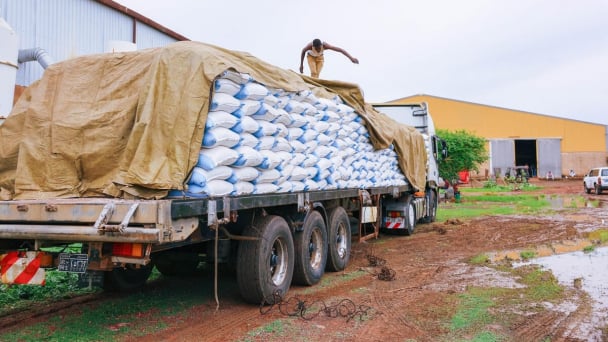
(VAN) In 2024, over 295 million people across 53 countries and territories faced acute hunger—an increase of almost 14 million people compared to 2023, while the number of people facing catastrophic levels of hunger reached a record high.
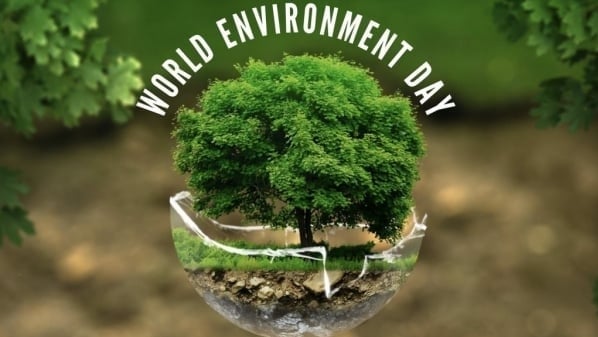
(VAN) World Environment Day 2025 (June 5) carries the theme 'Beat Plastic Pollution' continuing to emphasize the global urgency of addressing the plastic waste crisis.
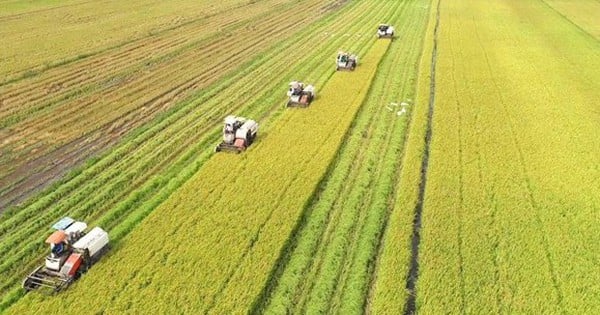
(VAN) This was the assessment shared by experts at the workshop titled 'Assessing the Role and Potential of Low-Emission Rice Production Systems in Vietnam,' held on the morning of May 19.

(VAN) Cai Rong Port is the fisheries control center of Quang Ninh, helping to monitor fishing vessels, combat IUU fishing, and remove the EC's 'yellow card'.
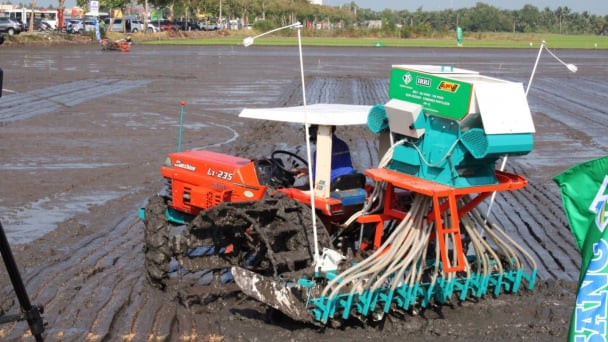
(VAN) The German Agricultural Society (DLG) explores the possibility of establishing a mechanization service center in Vietnam’s Mekong Delta to support farmers in accessing and utilizing advanced machinery.
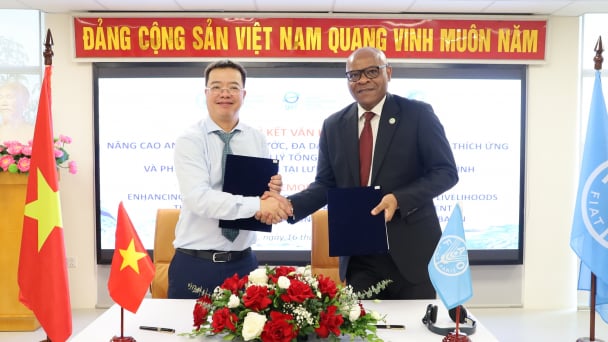
(VAN) On May 16, the Department of Water Resources Management, in collaboration with the Food and Agriculture Organization of the United Nations (FAO), held a signing ceremony for the GEF-8 project document.
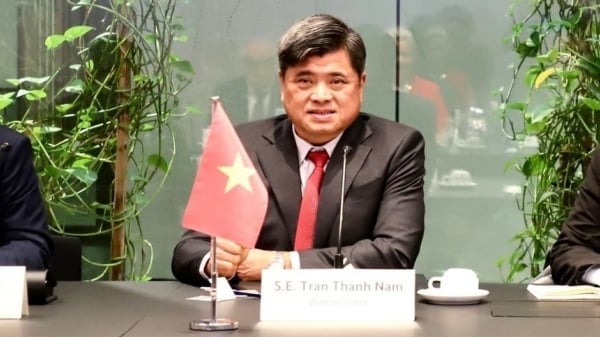
(VAN) Food safety, mechanization, vocational training, and market opening are key areas of cooperation expected between the Vietnamese Government and the Federal Republic of Germany.